Australia’s migration policies landscape is set to undergo significant transformations in 2025, reflecting the government’s commitment to addressing workforce shortages, managing population growth, and maintaining the integrity of its immigration system. These changes will impact various visa categories, including skilled migration, international students, and employer-sponsored visas.
Introduction of the Skills in Demand (SID) Visa
Effective from December 7, 2024, the Temporary Skill Shortage (TSS) visa (subclass 482) has been replaced by the Skills in Demand (SID) visa. This new visa framework introduces three distinct pathways:
- Specialist Skills Pathway: Tailored for individuals earning at least AUD 135,000 annually, this pathway is designed to attract highly skilled professionals.
- Core Skills Pathway: This stream caters to workers with earnings between AUD 70,000 and AUD 135,000 and utilises the newly established Core Skills Occupation List (CSOL). The CSOL, developed by Jobs and Skills Australia, replaces previous occupation lists to better align with current labour market needs.
- Labour Agreement Pathway: Designed for occupations not listed on the CSOL, this pathway allows employers to negotiate terms to address specific labour shortages.
A notable change in eligibility criteria now requires applicants to have at least 12 months of relevant work experience within the past five years, which can be accumulated through full-time, part-time, or casual employment. This adjustment aims to make the visa more accessible to a broader range of professionals.
Adjustments to the Permanent Migration Program
For the 2024-25 financial year, the Australian government has allocated 185,000 places to the permanent migration program, a slight decrease from the previous year’s 190,000 slots. The distribution emphasises skilled migration, with 132,200 places designated for skilled migrants. Key adjustments include:
- Employer-Sponsored Visas: An increase to 44,000 places, reflecting the government’s focus on addressing specific labour market needs.
- Skilled Independent Visas: A reduction to 16,900 places, indicating a shift towards employer sponsorship and regional nominations.
- Regional Visas: Allocations have seen marginal increases, encouraging skilled migrants to settle in less populated areas and support local economies.
Additionally, the Global Talent visa has been replaced by the National Innovation Visa, signalling a renewed focus on fostering innovation and attracting top global talent.
Reforms in International Student Policies
In response to challenges in managing international student enrolments, the government has implemented several measures:
- Enrolment Caps: Starting in 2025, the number of new international students will be limited to 270,000. This includes 145,000 for public universities, 95,000 for vocational colleges, and 30,000 for private higher education institutions.
- Visa Fee Increase: Student visa fees have risen to $1,600 from the previous $710, aiming to manage demand and ensure the sustainability of the education sector.
- Policy Reforms: The government has introduced measures to close loopholes exploited by non-genuine students, including banning colleges from paying commissions to education agents to poach students from other institutions and requiring providers to monitor student attendance.
These changes are designed to manage the surge in international student numbers, address housing concerns, and maintain the quality and integrity of Australia’s education system.
Opposition’s Stance on Migration
Opposition leader Peter Dutton has proposed reinstating temporary protection visas and strengthening border security measures. While these proposals aim to address concerns about border security and manage migration pathways, they have sparked debate regarding their potential impact on visa applicants and employers.
Conclusion
Australia’s migration policies in 2025 reflect a strategic approach to balancing economic needs, population growth, and societal impacts. The government’s focus on skilled migration, regional development, and the integrity of the immigration system underscores its commitment to shaping a sustainable and prosperous future for the nation.
Australia Caps International Student Enrolments Amid Housing Concerns
thetimes.co.uk
Australia caps international students to settle housing nerves
reuters.com
Australia limits foreign students in migration crackdown
theguardian.com
Why does Dutton say Labour’s international student cap is ‘a dog’s breakfast’ – and what do universities think?

